Imagine a creature so unpredictable and boundlessly energetic that even the most seasoned pet owners are left wide-eyed and laughing. Enter the ferret: a slinky, mischievous ball of fur that seems powered by pure curiosity. If you’ve ever watched a ferret in action, you know there’s a spark in their eyes—like they’re plotting something deliciously cunning. These little chaos gremlins don’t just stumble through life; they dart, bounce, and burrow with a secret agenda. Let’s tumble down the rabbit hole and discover the 17 quirks that make ferrets both delightful and slightly diabolical masterminds.
The Legendary Weasel War Dance
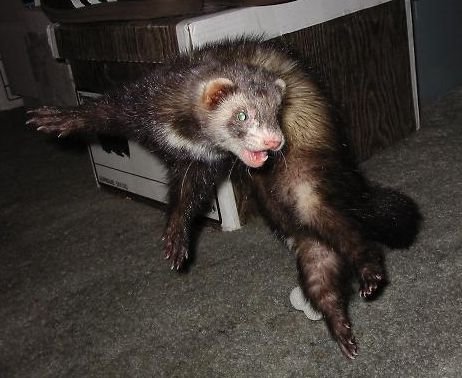
One of the most iconic ferret behaviors is their famous “war dance.” Picture a ferret leaping sideways, arching its back, and bouncing erratically—looking like a marionette controlled by a gleeful toddler. This spastic, joyous display isn’t aggression; it’s pure, unfiltered excitement. Scientists believe this dance is a throwback to wild ancestors, used to startle prey or communicate playfulness to fellow ferrets. Owners often find themselves giggling at these antics, as it’s almost impossible to predict when a war dance will break out. The dance is usually accompanied by a series of happy, chattering noises called “dooking,” adding another layer of comedy. It’s as if the ferret is inviting the whole house to join in on its private celebration. The unpredictability of these outbursts is half the fun—and half the chaos.
Stash and Hoard: Masters of Hidden Treasures
Ferrets have a deep-rooted instinct to hide food, toys, socks, and just about anything they can drag away. If you’re missing your keys or a favorite pen, check under the couch or behind the dresser—it’s probably in the ferret’s secret stash. This hoarding behavior is a leftover survival trait from their wild relatives, who would cache food to ensure meals during lean times. Owners quickly learn to ferret-proof their homes, lest their belongings disappear into mysterious voids. Ferrets seem to have a sixth sense for what you value most, making their thievery feel intentional and almost personal. Watching a ferret drag an object twice its size across the floor is both hilarious and impressive. It’s like living with a tiny, fuzzy pirate who’s always on a treasure hunt.
Tube Crawling: The Joy of Tight Spaces
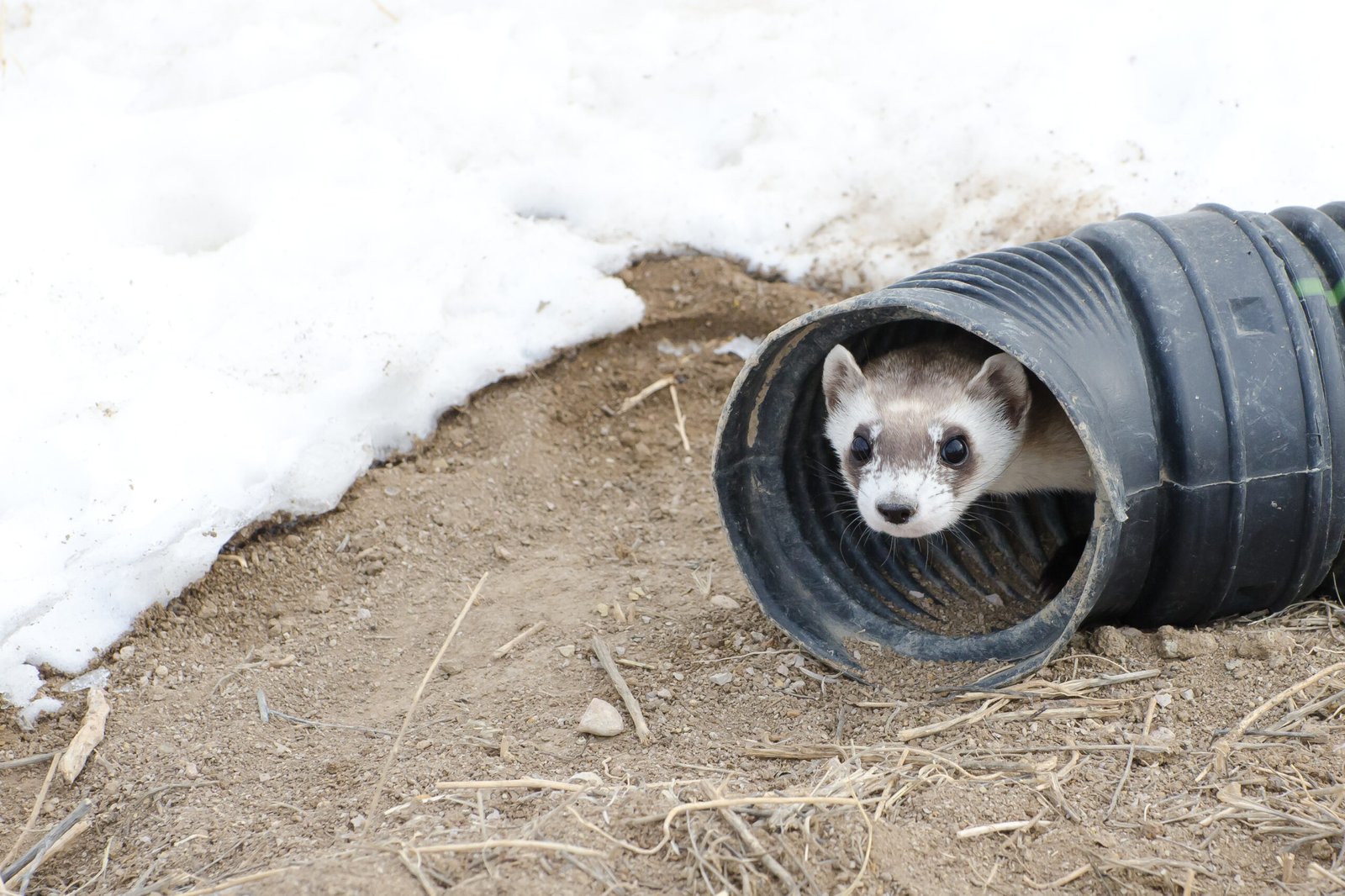
If there’s a tube, tunnel, or even a slightly crumpled grocery bag nearby, you can bet a ferret will try to wriggle through it. Ferrets’ long, flexible bodies are perfectly designed for squeezing into narrow spaces—a trait inherited from their burrowing ancestors. Scientists have observed ferrets navigating complex tunnel systems with ease, using their keen sense of smell and memory to find their way. This love for tight spaces isn’t just about play; it’s also a form of exploration and comfort. Owners often set up elaborate tube mazes, only to find their ferrets inventing new shortcuts and escape routes. The determination they show in conquering every nook and cranny makes it clear: ferrets are problem-solvers at heart. Their curiosity knows no bounds, turning everyday objects into adventure zones.
The Ferret “Dead Sleep” Phenomenon
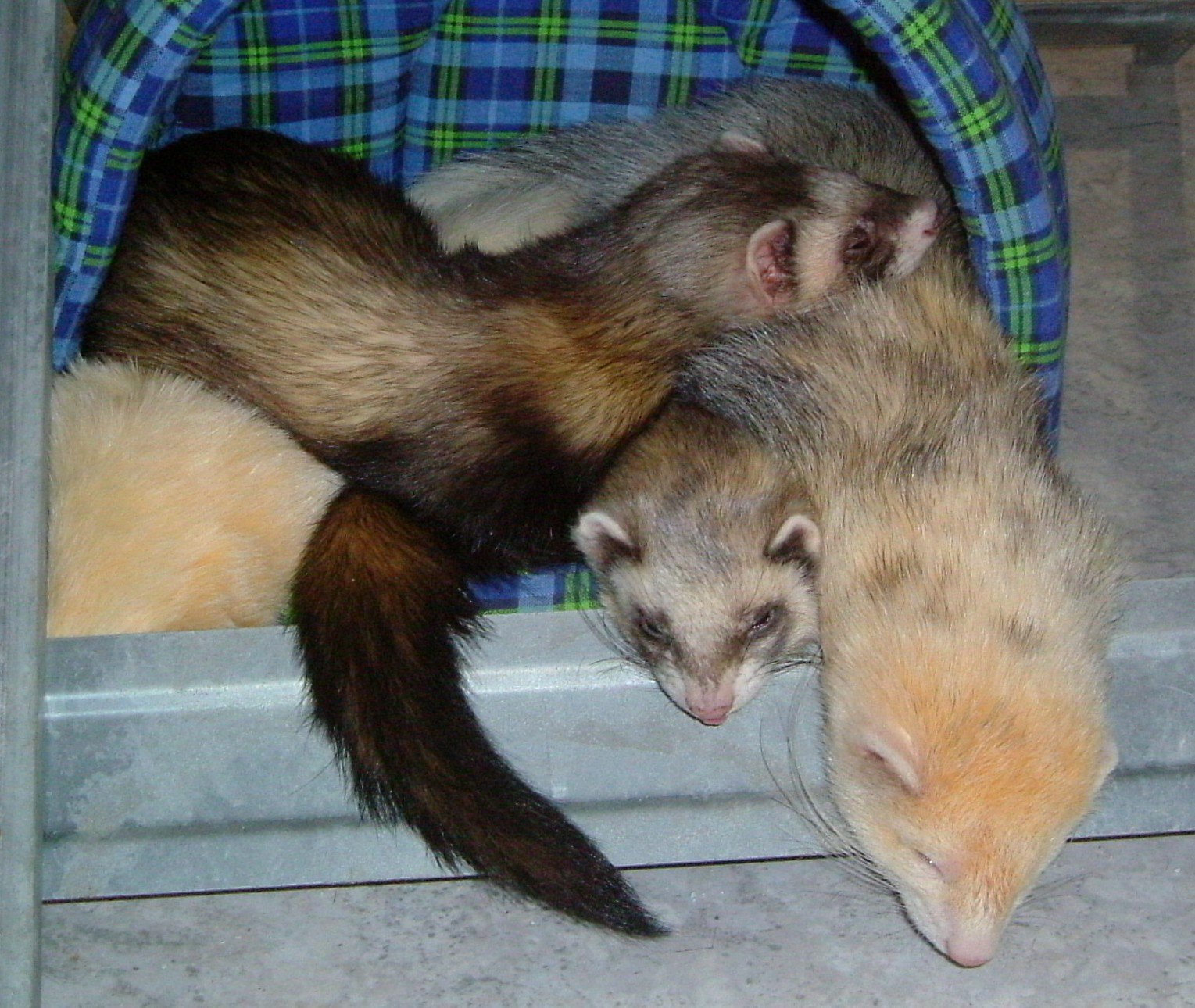
Few things are more alarming—and then oddly amusing—than a ferret in a dead sleep. Unlike most pets, ferrets can fall into such a deep slumber that they become nearly unresponsive, sometimes alarming new owners who fear the worst. This “dead sleep” is unique to ferrets and can last several hours, especially after a long play session. Scientists suspect it’s a way for these high-energy creatures to recharge their batteries in record time. When they finally awaken, they burst back into action as if nothing happened. This trait is a stark reminder of their all-or-nothing lifestyle: it’s either chaos or complete stillness, with nothing in between. If you’ve ever nudged a limp ferret only to have it suddenly spring to life, you know just how dramatic this quirk can be.
Endless Curiosity: The Need to Investigate
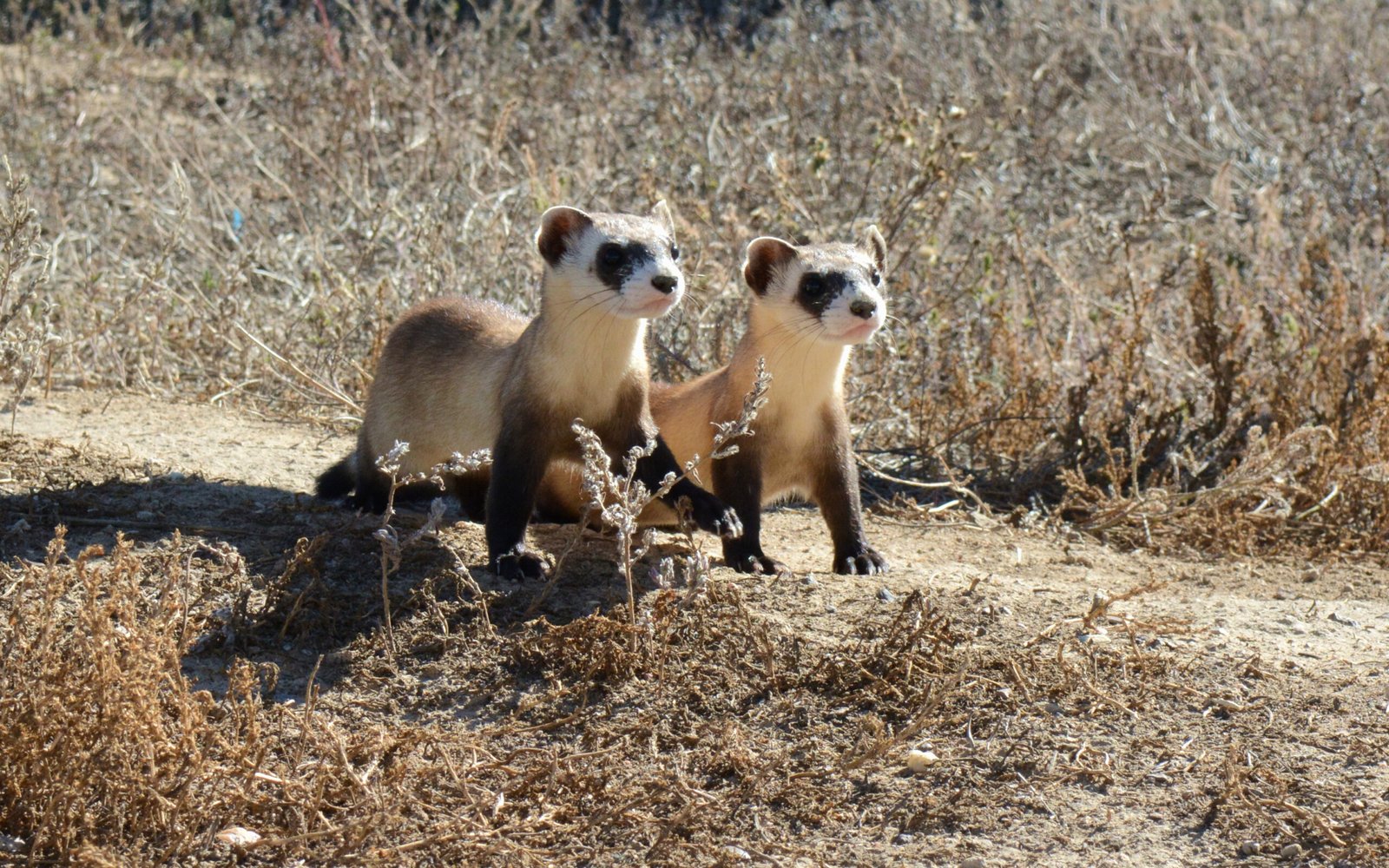
Ferrets are the ultimate detectives of the animal world. Nothing escapes their notice—from a slightly ajar cabinet to a crinkling plastic bag. Their insatiable curiosity drives them to investigate every corner of their environment, often leading to comedic blunders and discoveries. Scientists have compared their investigative behaviors to those of young children, constantly learning through touch, taste, and exploration. This means ferrets can be both a delight and a handful, as they’ll find their way into places you didn’t even know existed. Owners often recount stories of ferrets opening drawers, prying open boxes, or even figuring out how to climb curtains. Every day is a new episode in the ferret’s ongoing quest for knowledge—and mischief.
The Ferret Trance: Hypnotized by Scratching
There’s a strange phenomenon among ferrets called “carpet swimming” or the “ferret trance.” When you scratch a ferret’s back, especially near the tail, it may freeze in place, eyes wide as if hypnotized, and begin to sway or drag its body across the floor. Scientists aren’t entirely sure why this happens, but it’s suspected to be a leftover grooming behavior or a reflex linked to scent marking. The trance-like state is both hilarious and a little mysterious, making it one of the more bizarre ferret quirks. Some owners have found that different textures elicit stronger responses, with certain rugs or blankets sending their ferrets into a full-on trance parade. It’s just another way ferrets keep everyone guessing—and laughing.
Play Biting: Gentle Nips with Meaning
Ferrets communicate through nips and gentle bites, a behavior that often surprises new owners. While it might seem aggressive, play biting is a natural form of ferret socialization and communication. In the wild, ferret kits (babies) bite each other to test boundaries, express excitement, or initiate play. Scientists have observed that these bites are rarely meant to injure; instead, they’re a way of saying, “Let’s play!” or “I’m here!” Experienced ferret owners quickly learn to distinguish between a playful nip and a warning bite. With proper training, ferrets can learn to be gentle, making their nibbles more of an endearing quirk than a nuisance. It’s just another way ferrets interact with their world—one gentle chomp at a time.
Obsessive Digging: Paws in Motion

Digging is hardwired into a ferret’s DNA. Whether it’s burrowing in blankets, scratching at the carpet, or excavating their food dish, ferrets are determined to dig. This behavior is a direct link to their wild ancestry, where digging was essential for building dens or hunting prey. Scientists note that digging helps ferrets relieve stress and burn off excess energy. For pet owners, this means constantly rediscovering “ferret holes” in unexpected places. Setting up digging boxes filled with rice or shredded paper can help satisfy this instinct in a safe, controlled way. The joy a ferret displays while digging is infectious—they’re simply doing what comes naturally, with gusto.
Ferret Scent Glands: Their Not-So-Secret Weapon
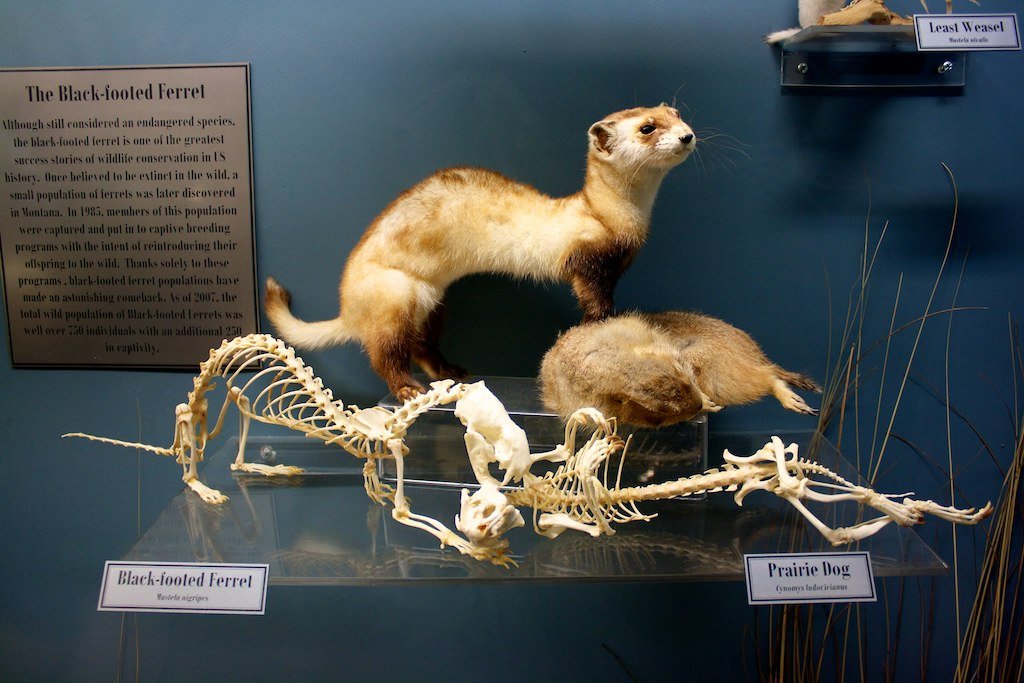
Ferrets have a distinctive musky odor, thanks to specialized scent glands located near their tails and all over their skin. While domesticated ferrets are often descented, they still produce natural oils that give them their trademark smell. Scientists believe these scents serve as both a territorial marker and a social signal, helping ferrets identify each other. Some owners find the smell endearing, while others invest in regular baths or air purifiers to manage it. Regardless, the ferret’s scent is inseparable from its personality—a bold, earthy reminder of its wild roots. The aroma is like a badge of honor, proudly worn by every ferret, chaos gremlin or not.
Stealth Mode: The Silent Stalker
Ferrets can be shockingly quiet when they want to be. With their soft footpads and low bodies, they can slip through rooms almost unnoticed, only revealing themselves when they pounce on an unsuspecting toy—or your toes. This stealthy nature is a survival trait, allowing wild ferrets to sneak up on prey. Pet ferrets use it for ambush games or to sneak into forbidden zones. Owners are often startled by how suddenly a ferret appears beside them, seemingly out of nowhere. It’s not just play; it’s a calculated move, executed with the precision of a tiny ninja. This makes every encounter with a ferret feel like a surprise party, just for you.
Food Fascinations: Strange Palate Preferences
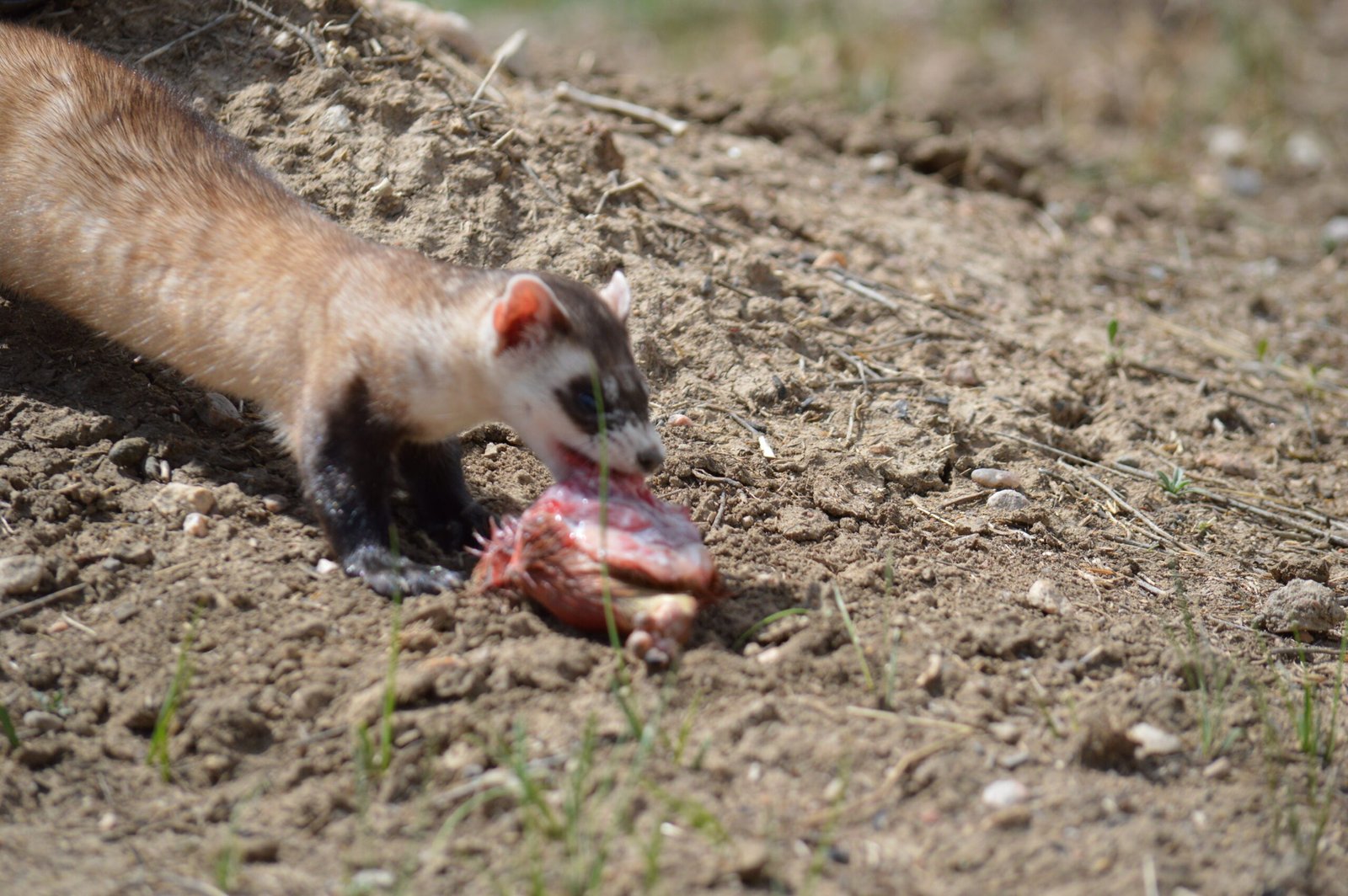
Ferrets have peculiar tastes when it comes to food. While they are obligate carnivores, requiring a diet high in protein and fat, individual ferrets often develop odd cravings. Some go wild for eggs, while others covet bananas or even the occasional raisin. Scientists caution against feeding sugary or starchy treats, as ferrets’ bodies aren’t built to process them. Still, the way a ferret will stash away a prized piece of chicken or a dropped crumb is a sight to behold. Each ferret’s palate is as unique as its personality, leading to plenty of hilarious mealtime adventures. Food becomes both a bonding tool and a source of endless mischief.
Ferret “Zoomies”: Sudden Bursts of Insanity
Every ferret owner knows the phenomenon of the “zoomies”—those sudden, explosive sprints across the room, complete with leaps, spins, and the occasional crash into furniture. Scientists explain this as a release of pent-up energy, often triggered by excitement or play. The zoomies can last a few seconds or several minutes, leaving both ferret and human breathless and laughing. These bursts are a reminder of the wild animal lurking beneath the domesticated surface. Watching a ferret zoom is like witnessing a miniature tornado with a mission, leaving chaos (and overturned cushions) in its wake.
Social Butterflies: Ferret Friendships
Despite their mischievous streak, ferrets are incredibly social animals. In the wild, they live in groups called “businesses,” working together to hunt and raise young. Pet ferrets crave company, whether it’s from other ferrets or their human families. Scientists have observed complex social behaviors, from grooming to synchronized play. Ferrets often develop deep bonds, sleeping in tangled piles and sharing food. Owners who keep multiple ferrets quickly discover the joys (and challenges) of managing a bustling ferret household. The social nature of ferrets makes them endlessly entertaining, as alliances shift and new games are invented daily.
Ferret “Dooking”: The Language of Mischief
Ferrets have a unique vocalization known as “dooking”—a rapid, chuckling sound that signals excitement, happiness, or anticipation. Scientists believe dooking helps ferrets communicate during play or hunting. The sound is often paired with the war dance, creating a symphony of chaos. Owners find the noise endearing, as it feels like the ferret is sharing its inner joy with the world. Each ferret’s dook is slightly different, making it a personal signature. Hearing a ferret dook is like eavesdropping on a secret conversation, full of plans and schemes that only they understand.
The Hide-and-Seek Instinct
Ferrets love to play hide-and-seek, often disappearing into the smallest spaces and waiting patiently to be found. This behavior is a blend of curiosity, play, and a natural instinct to avoid predators. Scientists have observed ferrets using hiding as a way to regulate their environment and feel secure. Owners are constantly on the lookout for missing ferrets, checking laundry baskets, drawers, and even shoes. The thrill of the hunt is mutual—ferrets enjoy being “discovered” just as much as they love hiding. It’s a game that never grows old, keeping both parties on their toes.
Ferret Intelligence: Puzzle Solvers Extraordinaire
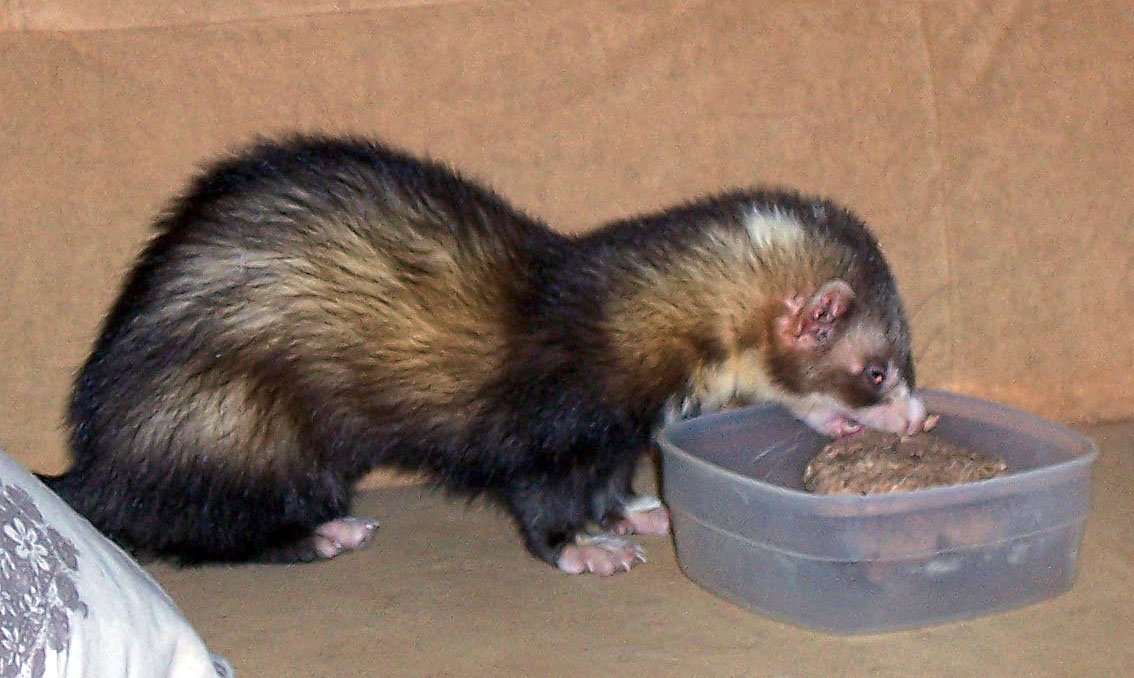
Never underestimate a ferret’s brainpower. These animals are surprisingly intelligent, capable of solving complex puzzles and learning new tricks. Scientists have tested ferrets with mazes and toys, finding that they use memory, scent, and trial-and-error to achieve their goals. Owners who introduce new challenges are often amazed at how quickly ferrets adapt, sometimes outsmarting the very humans trying to entertain them. This intelligence means ferrets need constant mental stimulation, lest boredom lead to even more creative mischief. Living with a ferret is a bit like living with a tiny, furry mastermind—always plotting, always learning.
Grooming Rituals: Keeping Tidy Amidst Chaos
Despite their wild antics, ferrets are meticulous groomers. They spend a significant portion of their day cleaning their fur, using their teeth and tongues to remove debris and untangle knots. Scientists note that grooming is both a solitary and social activity, with ferrets often grooming each other as a sign of affection. This behavior helps reduce stress and maintain social bonds within groups. Owners sometimes witness ferrets meticulously cleaning their faces after a meal, looking almost dainty in contrast to their usual chaos. Grooming is a reminder of the balance between wildness and care that defines the ferret spirit.
Ferret Memory: They Never Forget a Hideout
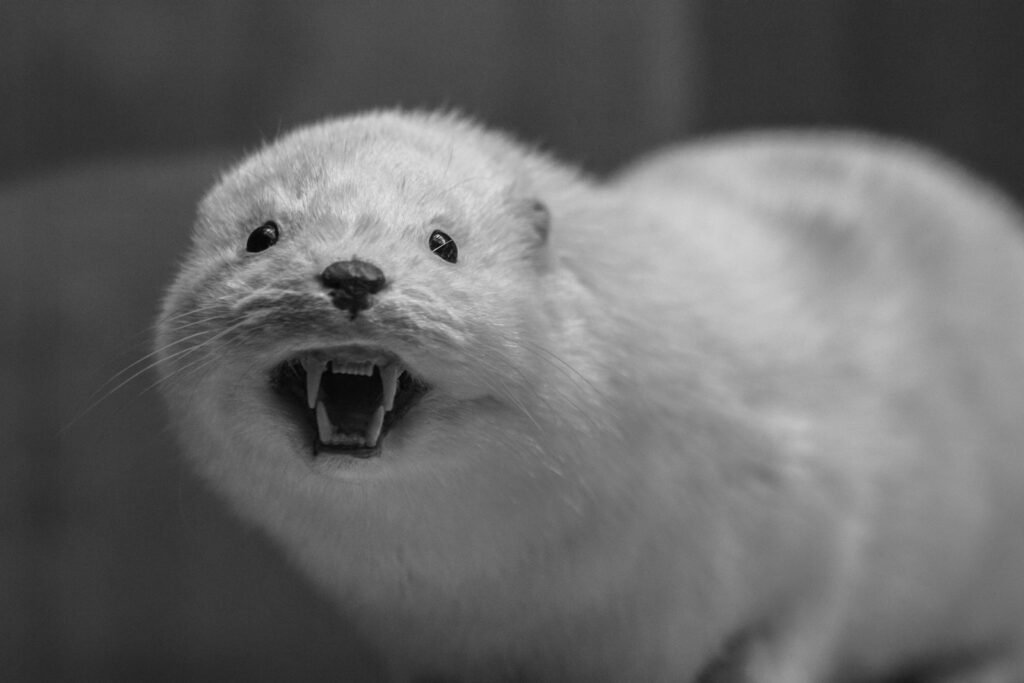
Ferrets have an uncanny ability to remember the locations of their favorite hiding spots, stashes, and even certain people. Scientists believe their spatial memory rivals that of much larger mammals, a trait honed by generations of navigating underground tunnels and complex environments. Owners are often surprised when a ferret returns to a hidden stash weeks after it was forgotten. This sharp memory aids in both play and survival, making ferrets formidable little planners. It’s no coincidence that they always seem to know just where to look—or where to vanish when it’s bath time.
The Power of Persistence: Never Giving Up
If ferrets have a motto, it’s “never surrender.” Whether they’re trying to squeeze under a door, reach a forbidden shelf, or solve a tricky puzzle, ferrets display relentless determination. Scientists studying ferret behavior note their high tolerance for frustration and willingness to try new approaches. Owners often find themselves outmatched by their pets’ tenacity, watching in awe as a ferret makes 17 attempts to open a cabinet—finally succeeding on the 18th. This persistence turns everyday life into an ongoing contest of wills, with the ferret usually emerging victorious. Living with a ferret means embracing a world where nothing is ever truly off-limits.
Ferrets are not just pets—they’re pint-sized dynamos with a taste for adventure, mischief, and cunning plans. Each quirky habit is a clue to their wild ancestry, their intelligence, and their irrepressible spirit. They may be small, but their personalities are anything but. Who knew chaos could come in such a compact, whiskered package?




